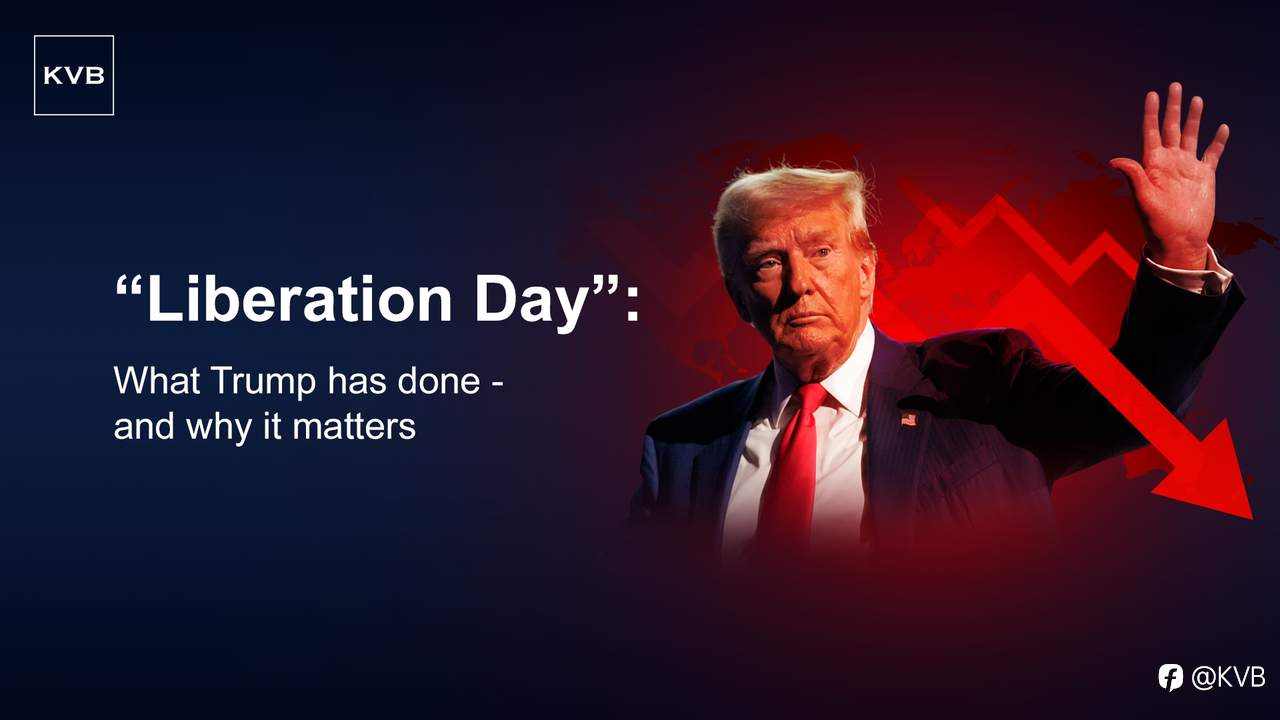
What Happened:
In a bold and controversial move, U.S. President Donald Trump has declared a national economic emergency and announced sweeping new tariffs on imports from nearly every country in the world. The announcement came on what Trump has called “Liberation Day,” and asserted that his broad implementation of tariffs would prompt factories to relocate production to the United States, leading to a new golden era for the U.S. economy.
The new policy imposes a baseline tariff of at least 10% on imports from all countries. However, 60 nations will face significantly steeper rates. These include:
- Cambodia: 49%
- Vietnam: 46%
- China: 54% (34% new reciprocal tariff on top of an existing 20%)
- European Union: 20%
Why It Matters:
President Trump claims the new tariffs will spur a renaissance in American manufacturing by encouraging companies to relocate production back to the U.S. He argues that foreign nations have long imposed unfair trade barriers on American goods and manipulated currency values to their advantage.
A 49% tariff—one of the highest announced—will be imposed on all imports from Cambodia, as shown on a poster President Trump presented during a Rose Garden event on Wednesday. Other newly introduced reciprocal tariff rates include 46% for Vietnam, 34% for China, and 20% for the European Union.
China’s new tariff rate will be added to an existing 20% tariff, raising the total to a substantial 54%. Last year, the United States imported $439 billion worth of goods from China, making it the second-largest source of U.S. imports after Mexico.
Starting May 2, the 54% tariff will also apply to shipments valued under $800 arriving from China and Hong Kong. As a result, American consumers purchasing from Chinese-based retailers such as AliExpress, Temu, and Shein will face a 54% increase in costs.
“This is about economic freedom,” Trump said. “For decades, other countries have taken advantage of America. Today, we say no more.”
How Tariffs Might Influence Prices
Tariffs increase the cost of conducting business internationally. Even companies that produce goods within the United States may be impacted, as many depend on imported materials and components in their supply chains.
The extent to which consumers experience higher prices will depend on the industry and the specific products involved.
Even when businesses choose to absorb the additional costs instead of passing them on to consumers, there are consequences. Reduced profits can limit their ability to invest in expansion or innovation, potentially leading to fewer job opportunities or workforce reductions.
The Move Behind
The administration has cited multiple reasons for the sweeping tariffs, ranging from protecting American jobs to retaliating against countries that restrict U.S. exports. Trump claims that many of these tariffs are only “half” of what the U.S. faces abroad, factoring in non-tariff barriers like subsidies and currency manipulation.
President Trump refuses to let the United States be taken advantage of and views tariffs as essential for promoting fair trade, safeguarding American jobs, and reducing the trade deficit.
Do you support these tariffs, or do you see them as a risk? Let us know what you think in the comments!
#KVB# #TrumpImpeachment# #ChinaUSTariffDeal# #US-ChinaTariffs# #trading# #investment# #StockMarket#
已编辑 10 Apr 2025, 12:17
风险提示:以上内容仅代表作者或嘉宾的观点,不代表 FOLLOWME 的任何观点及立场,且不代表 FOLLOWME 同意其说法或描述,也不构成任何投资建议。对于访问者根据 FOLLOWME 社区提供的信息所做出的一切行为,除非另有明确的书面承诺文件,否则本社区不承担任何形式的责任。
FOLLOWME 交易社区网址: followme.asia


加载失败()